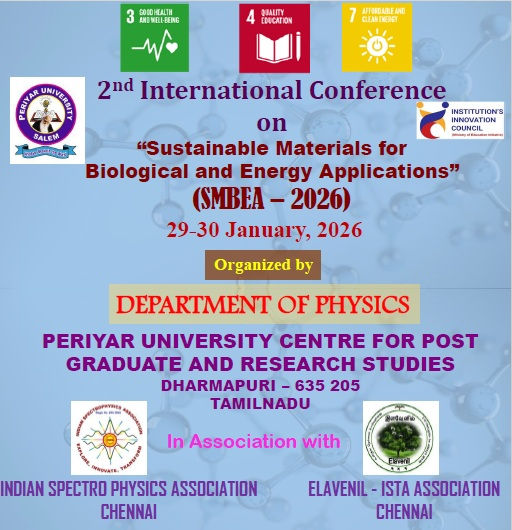Boson, Higgs Boson and LHC
- ISPA
- Jul 22, 2019
- 2 min read
Updated: Jul 28, 2019

What is Boson? The universe is made up of two classes of particles: bosons and fermions. Bosons obey Bose-Einstein statistics – a collection of them can condense together into a state where the particles are indistinguishable. This theory was developed by SN Bose and expanded by Einstein. The special state of matter, called Bose-Einstein condensate, was created in 1995. All bosons can condense into the state at very low temperatures.
What is Higgs Boson? There are several kinds of bosons, some elementary and other composite. A special kind of boson – called the gauge bosons – mediates or carries the forces of nature. The photons (particles of light) mediate the electromagnetic force, the W and Z bosons mediate the weak nuclear force, and the gluons carry the strong nuclear force. The hypothetical gravitation might mediate the gravitational forces but we know nothing about it. W and Z bosons, of which are all made of, are thought to get their masses through another mediator, the Higgs Boson. To find it, physicists need to observe it at its creation as it immediately decays into other particles.
How does LHC find it? The Large Hadron Collider (LHC) whirls around protons through a hollow tube and then meets them head on. The debris that flies from these collisions would include the Higgs Boson for a fraction of seconds. Two particle detectors look for attributes of these flying particles. The data that come out of these detectors – 40 m pictures a second – are beyond what any network of computers can process. A processor farm of 50,000 computing cores selects 300 pictures a second, enough data every second to fill three million DVDs. 10,000 computers in 34 countries analyse these data, and 10,000 physicists look at the results.
What did CERN announce?
That they have found a particle with a mass of 125 billion electron volts that exhibits the characteristics of the Higgs Boson. Which means that it is the kind of particle that, according to the Standard Model of physics, would give masses to other particles. They do not yet know, or are not absolutely sure, that it is the Higgs Boson, officially. Unofficially, all physicists know that they have found the Higgs Boson.
What Work is Still Left to be Done? Physicists would study this particle intensely for several years. The LHC will shut down next year for one year. When it comes back, it will crank up its energies to twice the present levels. Protons will collide more intensely, computers will crunch more data, and physicists might observe more particles.















Comments